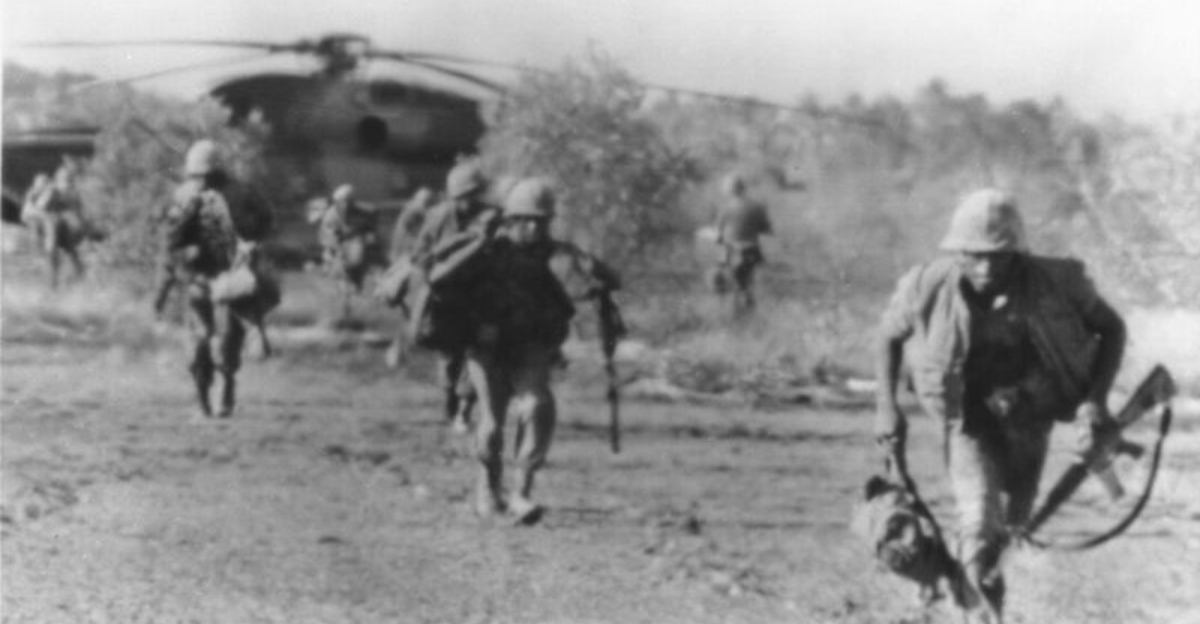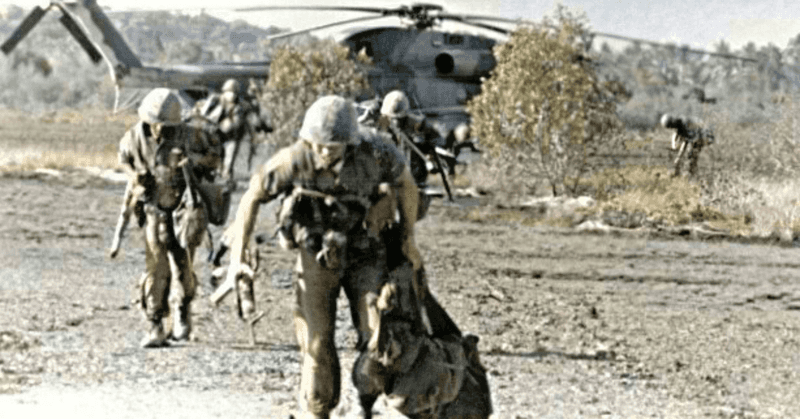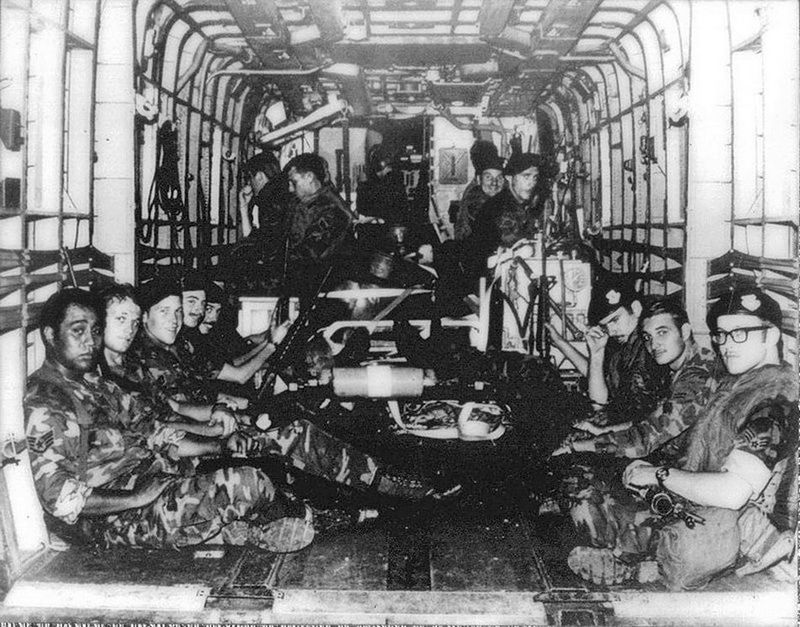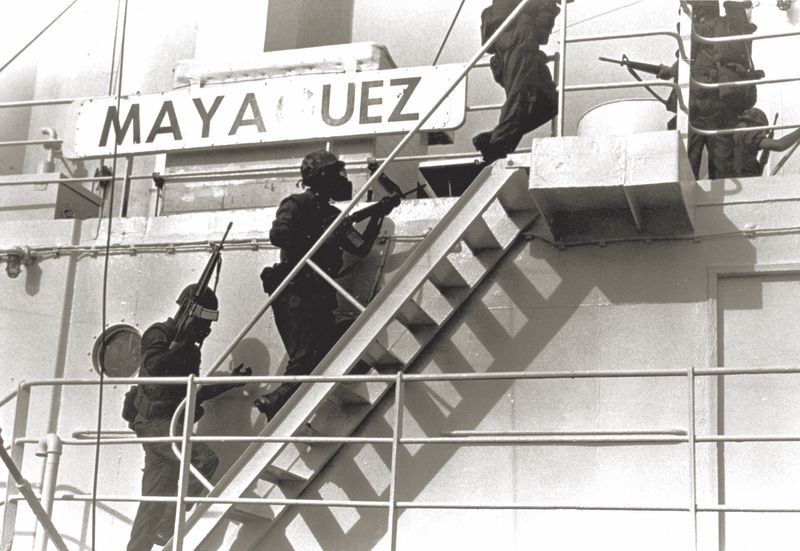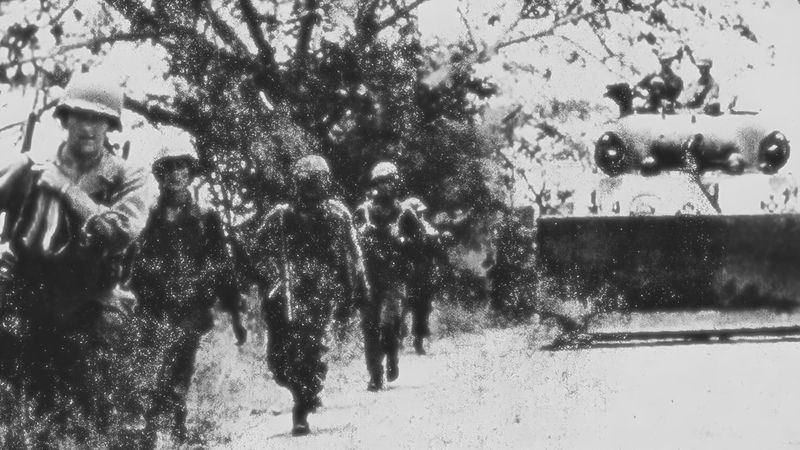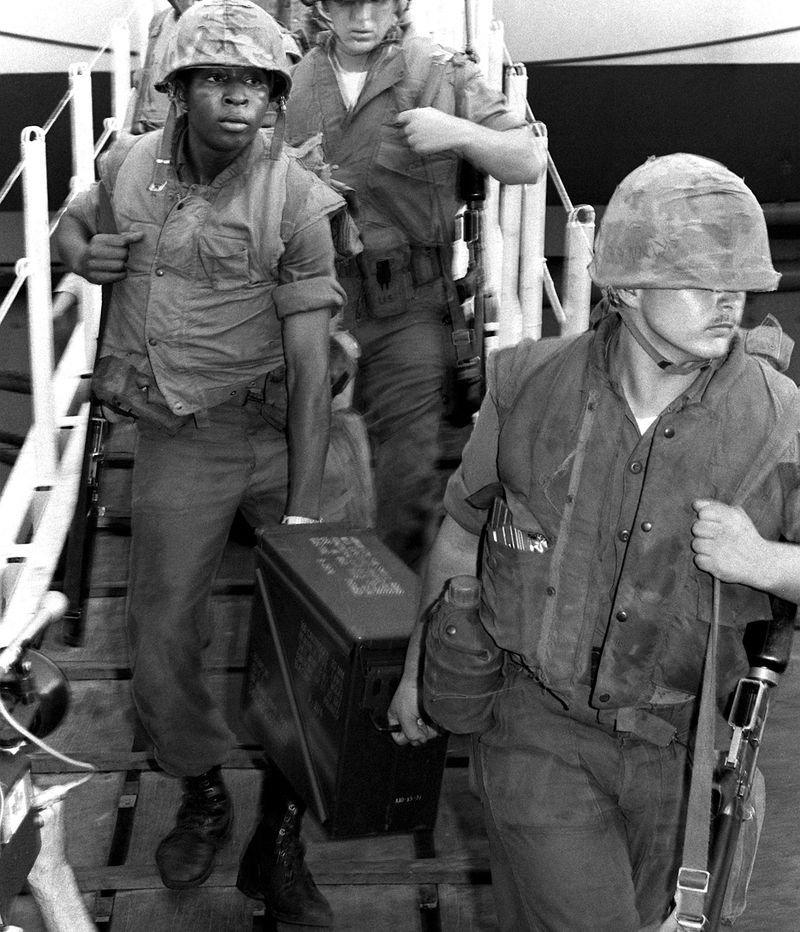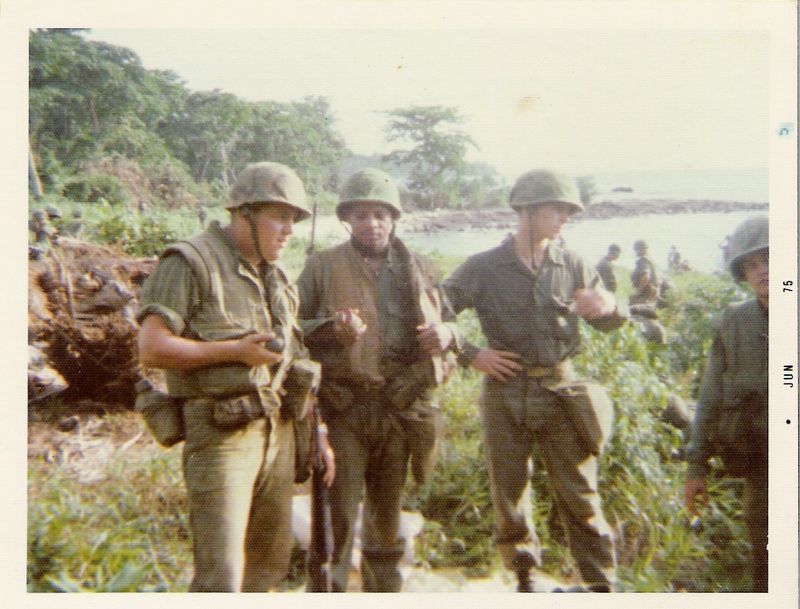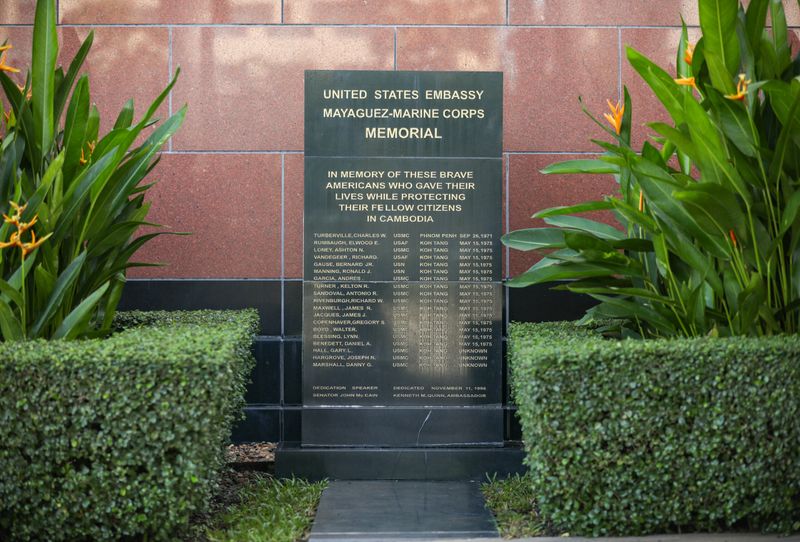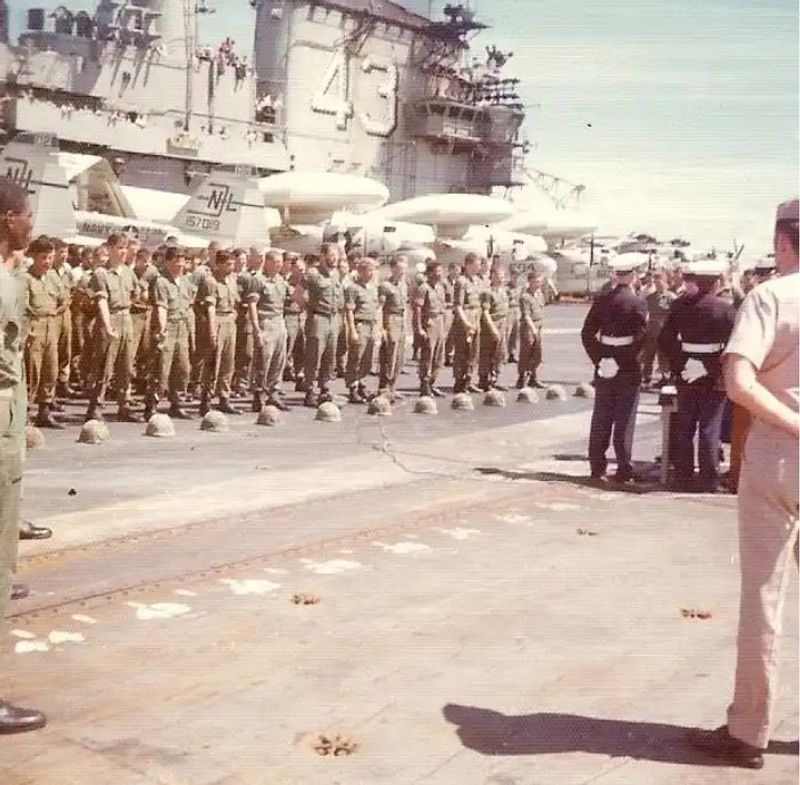The Battle of Koh Tang on May 15, 1975, marked the last significant marine engagement of the Vietnam War.
This operation aimed to rescue the crew of the S.S. Mayaguez, an American merchant ship captured by the Khmer Rouge.
It unfolded with unforeseen complications and has left a lasting legacy on military history. Here are ten intriguing facts about this pivotal battle.
1. Not Technically in Vietnam
While often associated with the Vietnam War, the Battle of Koh Tang took place off Cambodia’s coast, not Vietnam. The operation’s location ties it directly to U.S. involvement in Southeast Asia during the war’s conclusion. This geographical distinction is crucial. The island’s dense tropical foliage and strategic position in the Gulf of Thailand made it a challenging battlefield. Although it wasn’t on Vietnamese soil, the battle symbolized the final chapter of American military engagement in the region. The setting added complexity to an already tense situation, with international waters playing a pivotal role.
2. Rescue Mission Gone Wrong
The Battle of Koh Tang began as a rescue mission for the U.S. merchant ship, S.S. Mayaguez. Seized by the Khmer Rouge, the ship’s crew was thought to be held on Koh Tang Island. However, this assumption was incorrect. The mission aimed to swiftly free the captured Americans, but it quickly spiraled into chaos. Intelligence failures led to the Marines landing in unexpected locations, encountering fierce resistance. This miscalculation turned the operation into a prolonged and deadly engagement, highlighting the unpredictability and danger of military rescues under uncertain conditions.
3. Marines Faced Fierce Resistance
Upon landing on Koh Tang, the Marines met with intense opposition from over 150 well-armed Khmer Rouge soldiers. The defenders were prepared and positioned strategically, turning the island into a fortress. The Marines faced an unexpected and fierce battle. Their initial landing sites were incorrectly chosen, leading to immediate and aggressive firefights. The intensity of the resistance underscored the complexity and danger of the mission. This high-stakes confrontation showcased the resilience and bravery of the Marines, who fought under extremely challenging conditions against a determined adversary.
4. Incredibly High Casualty Rate
The Battle of Koh Tang resulted in a heavy toll on U.S. forces. Of the 231 Marines and Airmen involved, 41 were killed, and over 50 were wounded. This staggering casualty rate was among the highest in a single engagement of the Vietnam War era. Tragically, three Marines were left behind during the retreat and later executed by the Khmer Rouge. These were the final American combat deaths of the Vietnam War. The high casualties highlighted the mission’s dangers and the costly price paid in human lives, marking a somber end to the conflict.
5. Worst U.S. Airlift Loss Since WWII
During the Battle of Koh Tang, the U.S. military suffered its most significant airlift loss since World War II. Three CH-53 helicopters were shot down or destroyed, and several others sustained heavy damage. One tragic crash claimed the lives of 23 airmen and Marines. This loss underscored the operation’s perilous nature and the intense anti-aircraft fire faced. The helicopters, essential for transport and support, became vulnerable targets. The airlift disaster highlighted the logistical and tactical challenges of the mission, emphasizing the operation’s complexity and the bravery of those involved.
6. Air Force & Navy Joined the Fight
The Battle of Koh Tang saw extensive collaboration between the U.S. Air Force, Navy, and Marines. Air Force fighter jets provided crucial air support, while Navy ships offered artillery fire from the sea. This joint operation required high levels of coordination and communication. Despite efforts, confusion often reigned, complicating the mission. The involvement of multiple branches demonstrated the operation’s importance and the commitment to rescuing the Mayaguez crew. Coordination challenges highlighted the complexities of joint military efforts, but the dedication and teamwork of the forces involved shone through amidst the chaos.
7. The Crew Was Already Safe
Ironically, the crew of the S.S. Mayaguez had already been released by the Khmer Rouge before the Marines landed on Koh Tang. They were rescued by a Thai fishing boat, entirely unaware of the unfolding military operation. This twist added a layer of irony to the mission, as the primary objective had been achieved without battle. The revelation of the crew’s safety came too late to halt the operation. This unexpected development underscored the mission’s intelligence failures and the chaotic nature of wartime communication, highlighting the unpredictability of military engagements.
8. No Clear Victory
Although the U.S. succeeded in recovering the S.S. Mayaguez, the Battle of Koh Tang’s outcome was far from a clear victory. The mission’s high costs and intelligence shortcomings sparked criticism and prompted internal reviews. The lack of decisive success left a mark on military strategies and decision-making frameworks. The battle’s ambiguous conclusion reinforced the idea that military engagements often involve unforeseen complexities. The operation, while achieving its primary goal, did so at a high price in human lives and resources, leading to questions about its overall effectiveness.
9. Political Message
The Battle of Koh Tang was as much a political statement as a military operation. President Gerald Ford viewed it as an opportunity to showcase U.S. strength and resolve following the fall of Saigon just weeks earlier. The operation was intended to reaffirm American military capability and determination in Southeast Asia. However, the mission’s outcomes led to mixed interpretations. While it demonstrated a willingness to act decisively, it also exposed vulnerabilities. The political message was clear, yet the operation’s challenges revealed the complexities of projecting power in turbulent times.
10. Marked the End of Marine Combat in Southeast Asia
The Battle of Koh Tang marked the final major Marine combat operation in Southeast Asia. This engagement effectively ended the Marines’ direct ground involvement in the Vietnam War era. The operation’s conclusion symbolized a closing chapter in American military history in the region. As the last significant engagement, it represented both an end and a transition. The Marines withdrew, leaving behind a legacy of courage, sacrifice, and complex challenges. This battle’s end highlighted the shifting geopolitical landscape and the evolving nature of military engagements in Southeast Asia.
